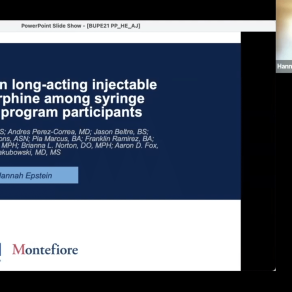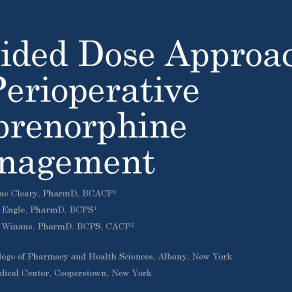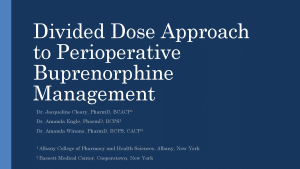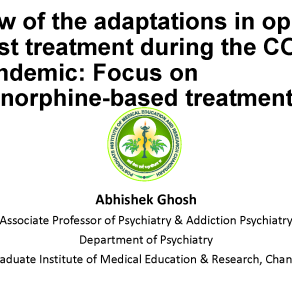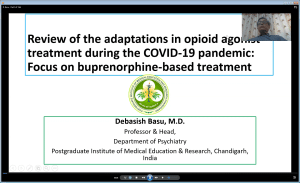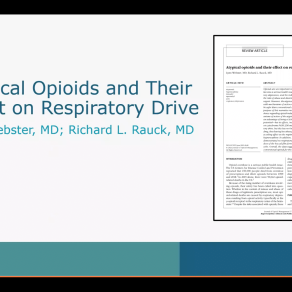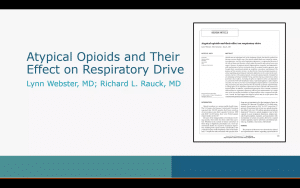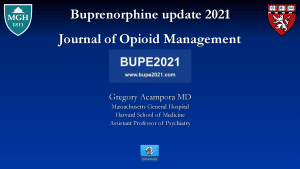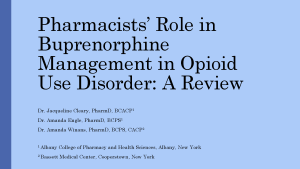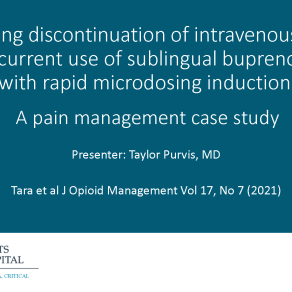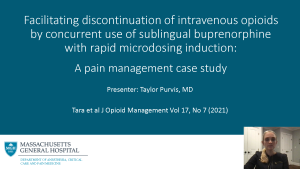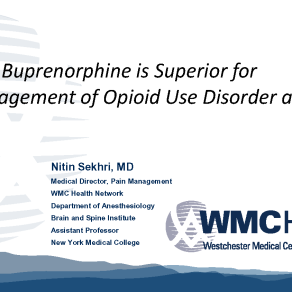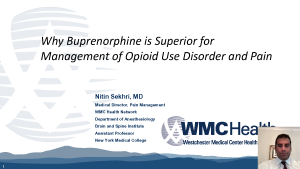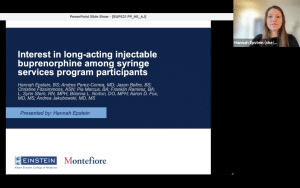
Interest in long-acting injectable buprenorphine among syringe services program participants
Hannah Epstein, BS;
Andres Perez-Correa, MD;
Jason Beltre, BS;
Christine Fitzsimmons, ASN;
Pia Marcus, BA;
Franklin Ramirez, BA;
L. Synn Stern, RN, MPH;
Brianna L. Norton, DO, MPH;
Aaron D. Fox, MD, MS;
Andrea Jakubowski, MD, MS
This presentation is from BUPE2021, and CME credits are not available for it. However, it still has excellent learning value.
Objective: To examine syringe services program (SSP) participants’ interest in long-acting injectable buprenorphine.
Design: SSP participants completed a 136-item questionnaire by phone. Items assessed quantitative ratings of interest in sublingual and injectable buprenorphine, preference for sublingual versus injectable buprenorphine, and reasons for preferences.
Setting: Two large urban SSPs.
Participants: SSP participants ≥18 years of age with current or lifetime opioid use disorder (OUD).
Main outcome measure(s): (1) Interest in sublingual and injectable buprenorphine, respectively, on a scale from 0 to 10 (0 = no interest and 10 = high interest); and (2) preference for sublingual buprenorphine versus injectable buprenorphine. Participants were also asked whether they agreed with statements that presented potential reasons for preferring each formulation.
Results: A total of 104 unique participants were interviewed, of which 72 (69 percent) were currently receiving or considering buprenorphine treatment. Among these 72 participants, the median level of interest in starting or continuing sublingual buprenorphine was 8 out of 10 (interquartile range [IQR]: 6-10) and in starting injectable buprenorphine was 5 out of 10 (IQR: 1-9). Thirty-six (50 percent) preferred sublingual, 27 (38 percent) preferred injectable, and 9 (13 percent) preferred neither or declined to answer. Participants who preferred injectable buprenorphine most commonly agreed that the convenience of the monthly injection was the reason for their preference.
Conclusions: Among SSP participants with OUD, we found moderate interest in injectable buprenorphine. Introducing this new form of buprenorphine treatment at SSPs could help meet the needs of individuals who are not well-served by standard OUD treatment models.
Presentation Slide Handouts:

